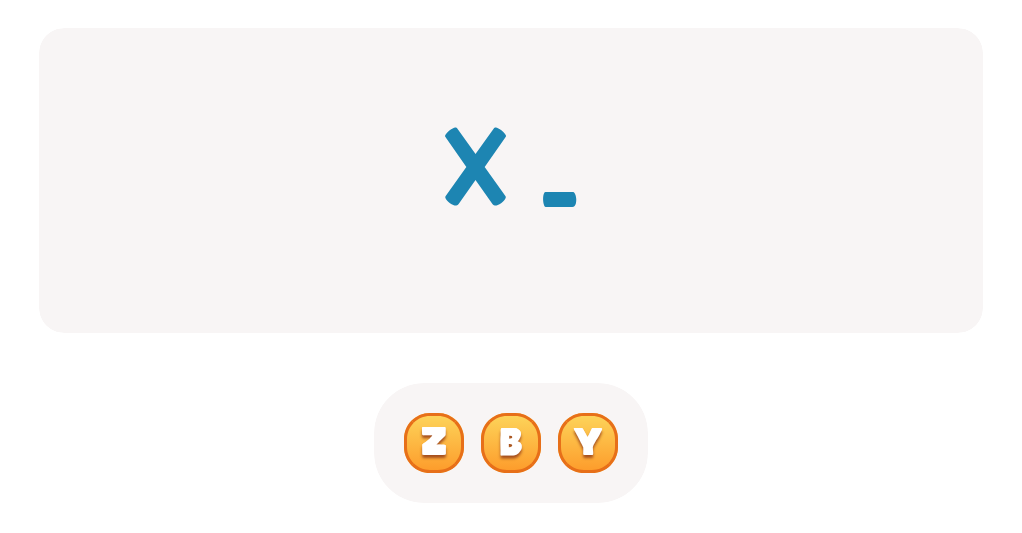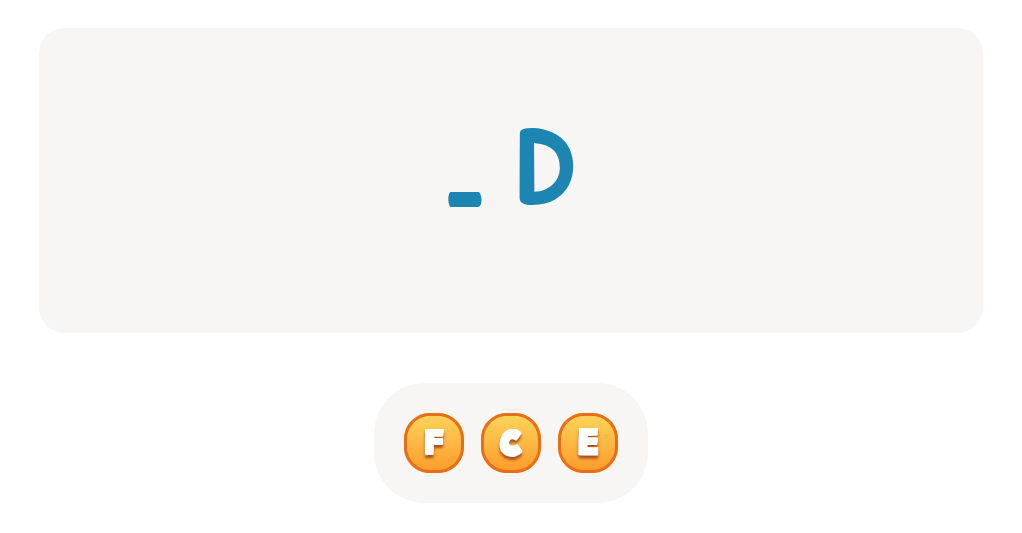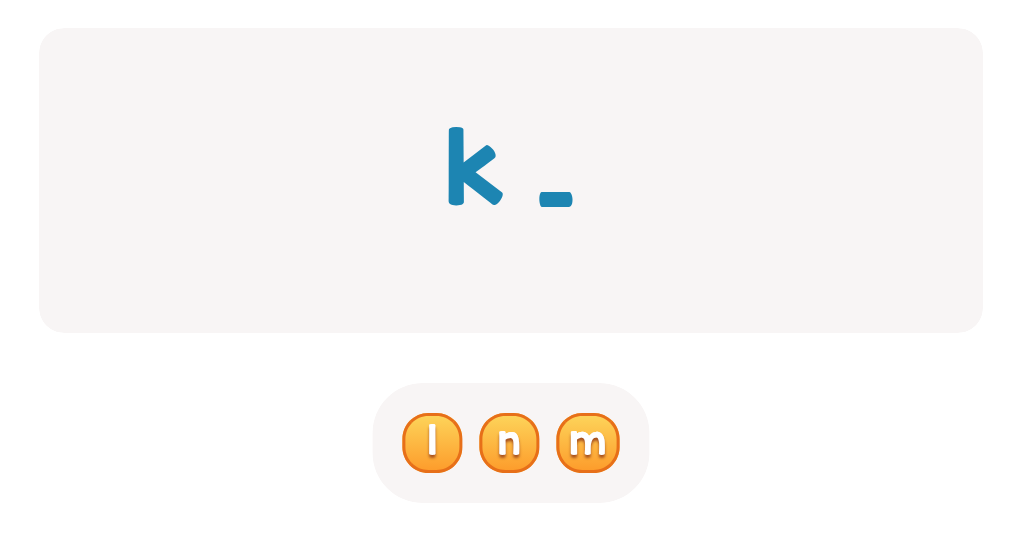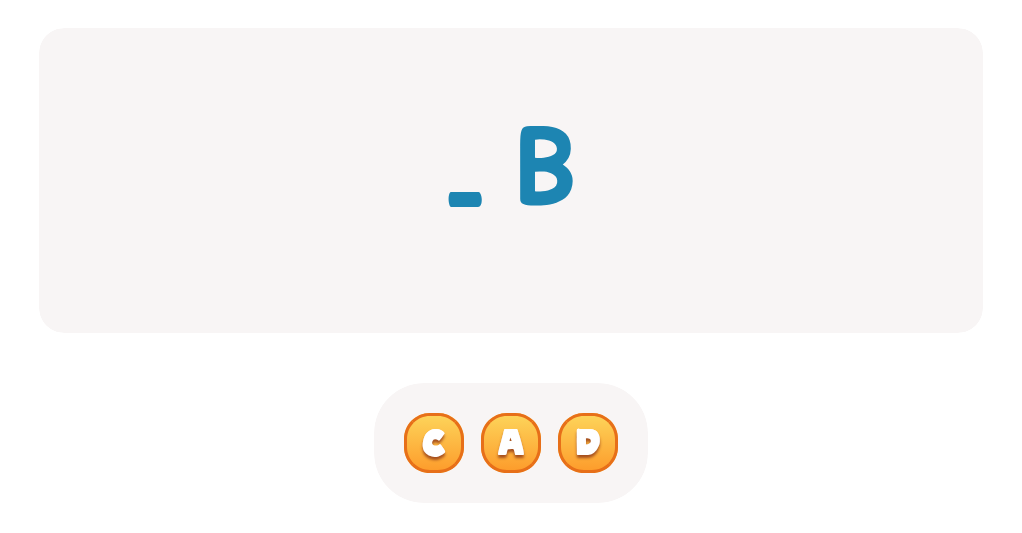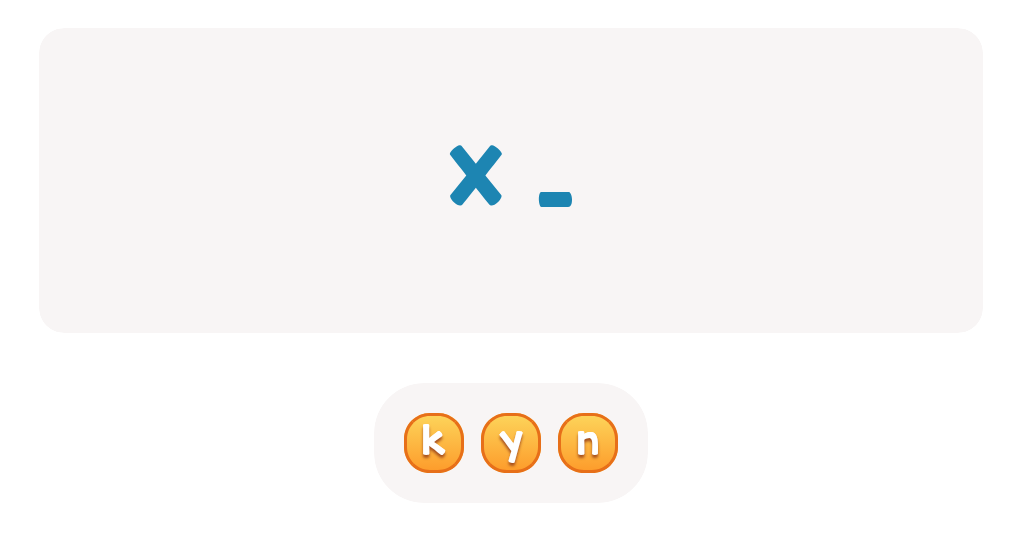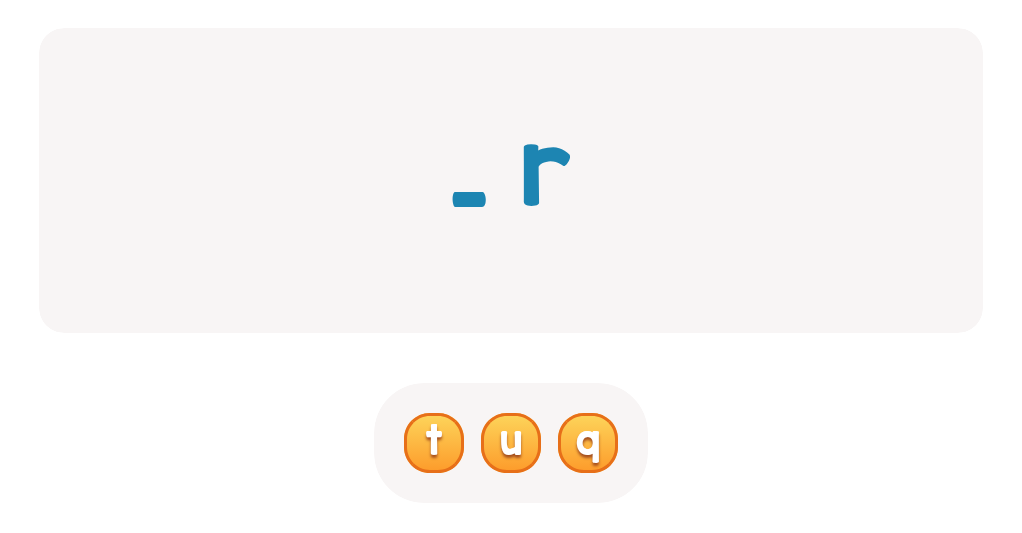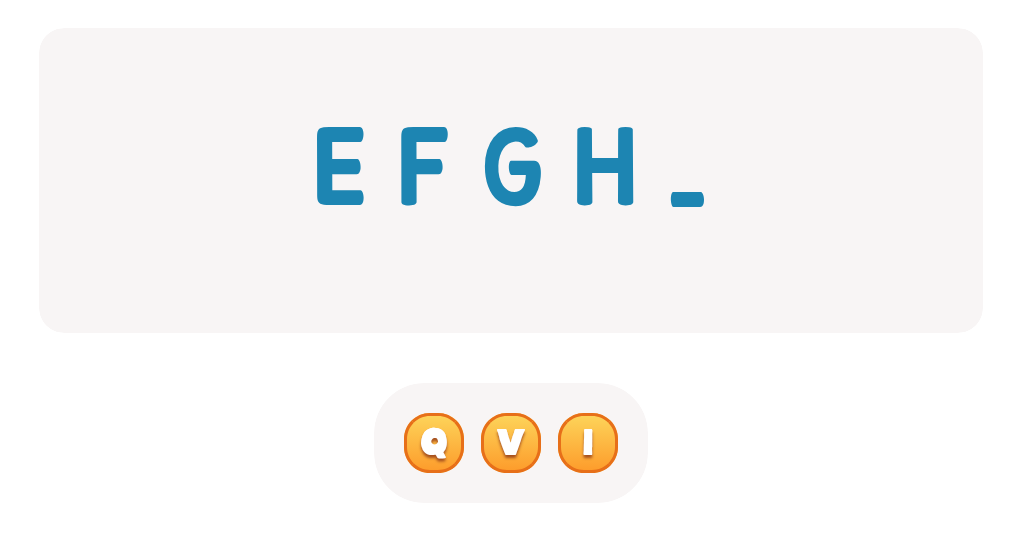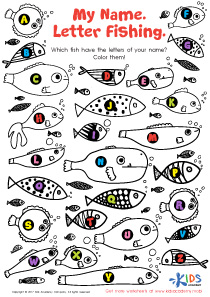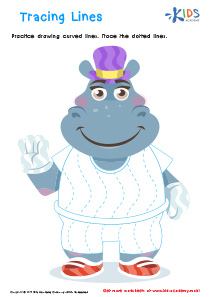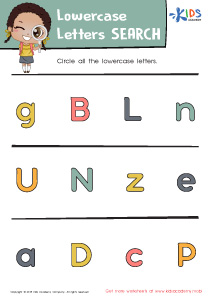Easy Upper & Lowercase Letters Worksheets for Ages 3-4
6 filtered results
-
From - To
Introducing our "Easy Upper & Lowercase Letters Worksheets for Ages 3-4," designed to make learning the alphabet fun and engaging! These interactive worksheets help young learners recognize, differentiate, and practice both uppercase and lowercase letters. Featuring colorful illustrations and child-friendly designs, each worksheet encourages critical early literacy skills. Our carefully crafted activities promote fine motor development through tracing and writing exercises, perfect for preschoolers. Parents and educators can easily print these resources for home or classroom use, ensuring a delightful learning experience. Start your child's literacy journey today with our easy-to-use and effective alphabet worksheets!
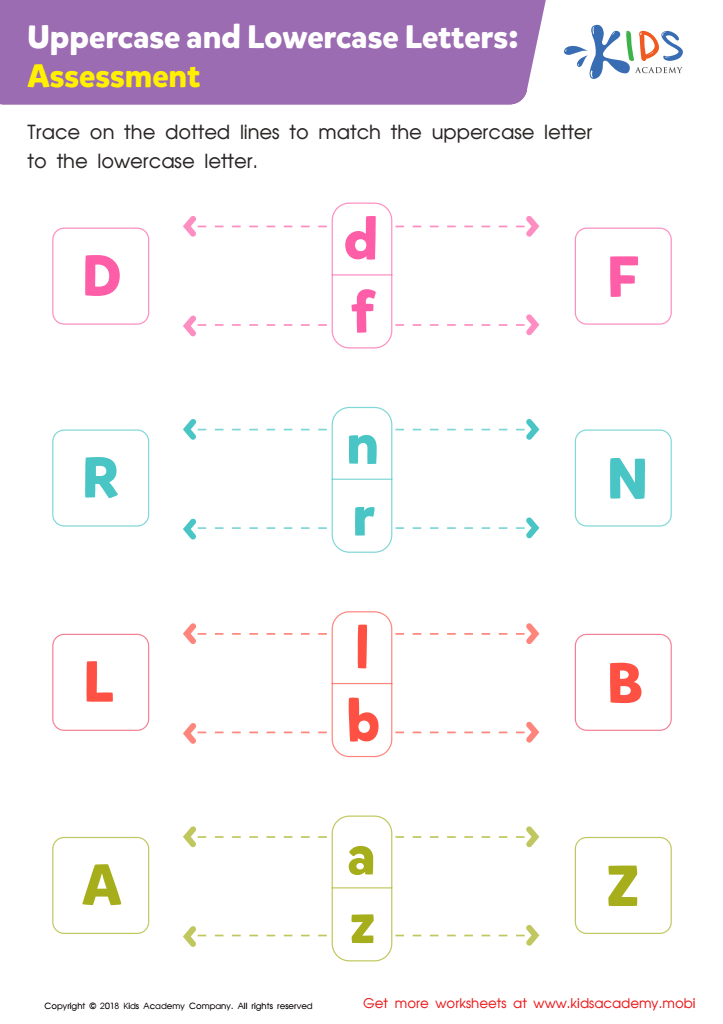

Uppercase and Lowercase Letters: Assessment Worksheet
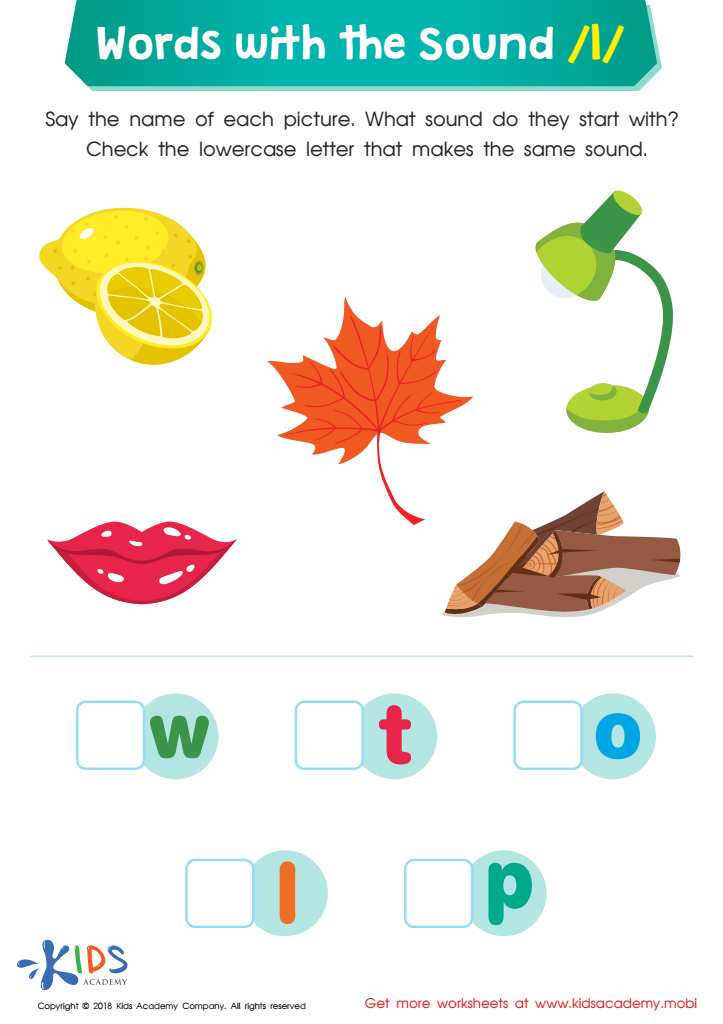

Words with Sound L Reading Worksheet


Capitalization Key Worksheet
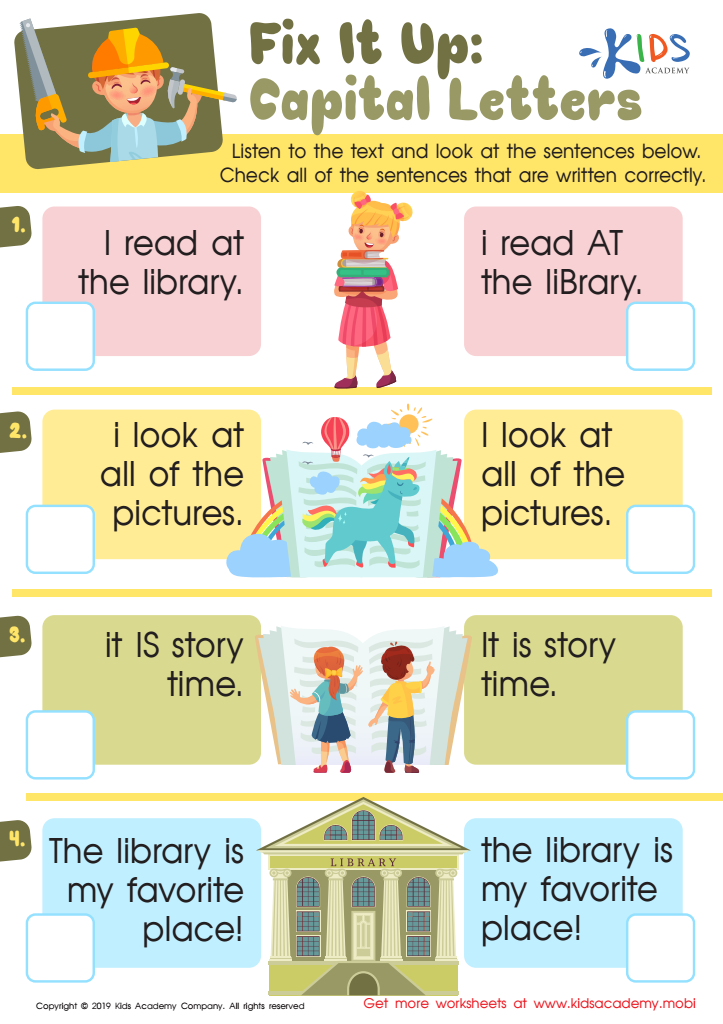

Fix Capital Letters Worksheet
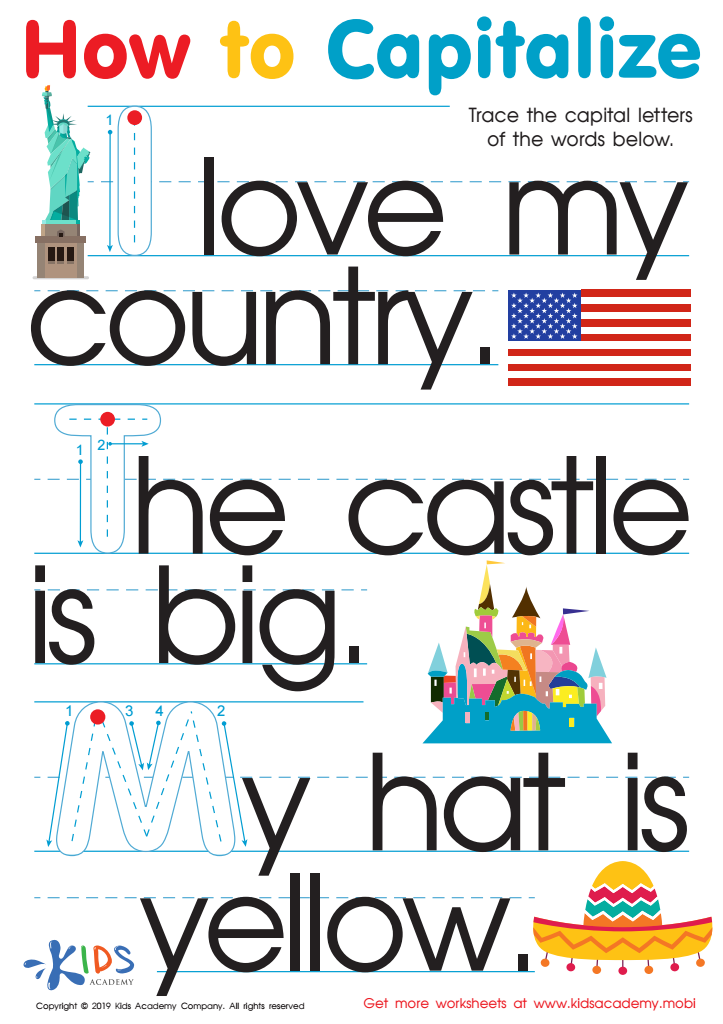

How to Capitalize Worksheet
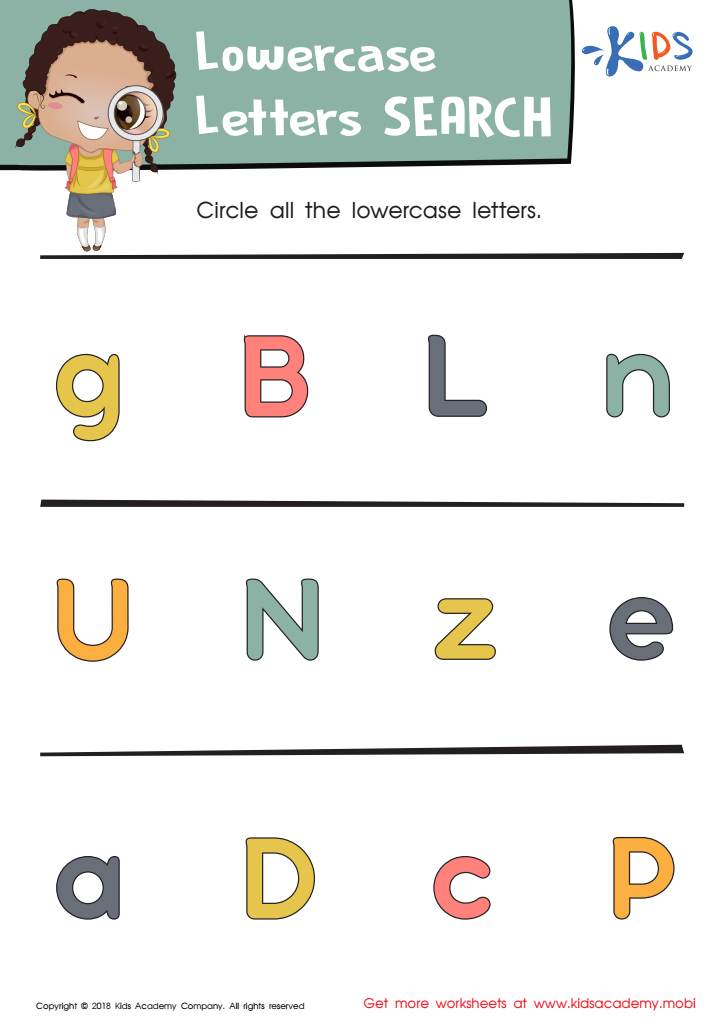

Lowercase Letters Search: Assessment Worksheet
Parents and teachers should prioritize teaching easy uppercase and lowercase letters to children aged 3-4 due to the foundational role these letters play in early literacy development. At this age, children are naturally curious and eager to interact with language, making it an ideal time to introduce letter recognition. Understanding both uppercase and lowercase forms helps children begin to recognize print in their environment, aiding in their ability to read simple words and sentences.
Teaching letters early fosters phonemic awareness—the ability to hear, identify, and manipulate sounds—which is critical for reading. As children learn to identify letters, they also build vocabulary as they associate letters with the words they encounter. Moreover, exposure to letters promotes fine motor skills through activities like tracing and writing, enhancing their overall cognitive development.
Additionally, early literacy skills have been linked to long-term academic success; children who understand letters and sounds are more likely to become proficient readers. Emphasizing uppercase and lowercase letters also sets the stage for future writing skills by introducing basic concepts of how letters function within words. Ultimately, nurturing these skills in young children empowers them with the confidence and abilities necessary for successful reading and communication in their educational journeys.
 Assign to My Students
Assign to My Students
